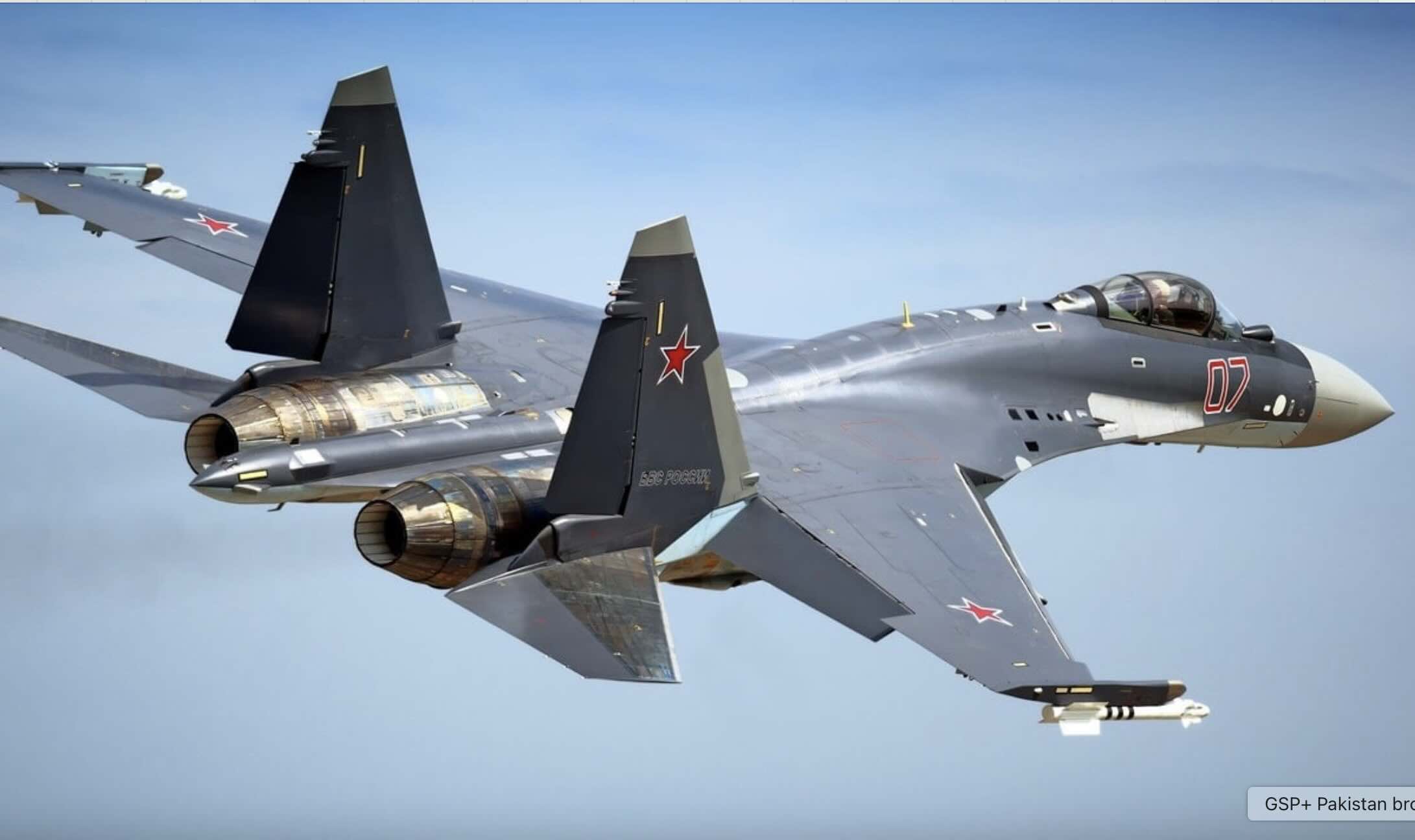


North American Aerospace Defense Command (NORAD) said the aircraft remained in international airspace. An E-3, four F-16s and four KC-135 tankers were launched to identify and shadow the formation. NORAD described the activity as routine and not a direct threat to North America.
The intercept came days after an incursion into Estonian airspace. On 19 September, Tallinn reported that three Russian MiG-31s crossed into Estonia for roughly 12 minutes before being escorted out by Italian F-35s deployed to Ämari under NATO’s Baltic Air Policing rotation. Estonia requested consultations under Article 4 of the Washington Treaty. Subsequent allied statements characterised the breach as deliberate and brief.
Both episodes form part of a wider pattern of air and drone activity on NATO’s periphery this month. Poland told the UN Security Council that at least 19 Russian drones violated its airspace on the night of 9–10 September, prompting a series of air defence engagements and temporary airspace closures. Warsaw has pressed for allied consultations on additional deterrent measures.
Operationally, the incidents have refocused attention on how NATO manages quick-reaction alerts (QRA) when multinational air units are flying from host-nation bases under alliance tasking. In the Baltic, Italian F-35s are on a rotational alert cycle to intercept, identify and—if necessary—shepherd intruding aircraft back to international airspace. Rome’s contingent reported seven scrambles since early August, the most recent linked to the Estonian breach. Under the standard model, pilots fly NATO missions but the release of weapons remains a national decision, creating a layered chain of command from the Combined Air Operations Centre through SACEUR to national authorities.
The Telegraph reports that three Russian MiG-31s entered Estonian airspace near Vaindloo and stayed for around 12 minutes with transponders off and radios silent, until two Italian F-35s—callsigns “Ghost 1” and “Ghost 2”—closed to visual range. After the NATO pilots signalled with a wing rock, the Russians answered with an exaggerated wave before holding course until they were escorted back towards Kaliningrad. The piece frames the exchange as a calculated probe of allied procedures, highlighting how a few seconds of cockpit theatre can force decisions on rules of engagement.
The change of senior command is also relevant. On 4 July, U.S. Air Force General Alexus G. Grynkewich assumed duties as Supreme Allied Commander Europe (SACEUR). The post carries responsibility for translating political guidance from the North Atlantic Council into operational tasking and for synchronising air policing, air and missile defence, and any graduated response measures. Grynkewich has publicly emphasised readiness and adaptability against faster, more complex air and missile threats.
From a policy perspective, allies are now weighing whether to codify tighter standing rules for defensive action over NATO territory, especially against drones and cruise missiles whose flight times compress decision-making. Proposals under discussion include clearer authority for cross-border engagement—where national rules permit—to defeat inbound threats, and pre-delegation of limited “weapons free” conditions in strictly defined circumstances. Advocates argue that codification reduces ambiguity and accelerates reaction times; opponents caution that rigid thresholds could be exploited by an adversary to manufacture incidents or create political dilemmas.
The Alaskan ADIZ track illustrates the baseline approach beyond NATO territory: identify, monitor, avoid escalation, and log the activity as part of a recurring pattern. NORAD’s description of routine behaviour—albeit with substantial allied assets launched—aligns with practice over many years in the North Pacific. In Europe, by contrast, brief penetrations of sovereign airspace, as in Estonia, cross a legal threshold and trigger diplomatic and military procedures, including Article 4 consultations and ministerial statements. The two theatres therefore present different legal contexts but a broadly similar operational requirement: fast detection, rapid launch, and disciplined flight profiles to signal resolve without miscalculation.
Command and control remains the central test. In mixed deployments, host nations, NATO headquarters and contributing nations each hold defined responsibilities. Air policing tasking flows from NATO’s Combined Air Operations Centres, but national authorities retain control over weapons release by their aircraft. That separation is designed to ensure democratic oversight, yet it can complicate decisions when incidents develop quickly. The Estonian breach has therefore prompted calls—particularly from frontline states—for updates to procedures drafted in an earlier era, to reflect the speed of contemporary drone and missile threats as well as the tempo of crewed intercepts.
For the moment, allied posture combines higher readiness with restraint. Additional surveillance sorties, more frequent QRA launches and closer coordination between air and ground-based defences have been reported across northern Europe. The open questions for defence ministers are where to set the line for automatic defensive action over NATO territory, what authority should be pre-delegated in time-critical scenarios, and how to communicate those thresholds to avoid misreading. The Alaska track and the Estonian breach—separated by a week and by an ocean—have moved that debate from staff papers to the front of the agenda.
You must be logged in to post a comment.
Germany’s Fighter Jet Spree Is a Wake-Up Call for Europe’s Complacent Defence